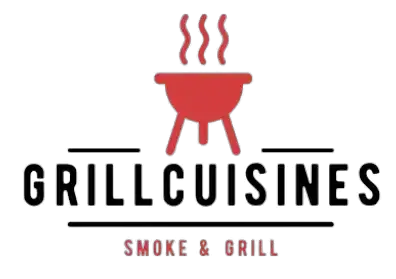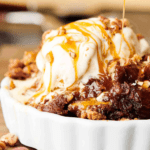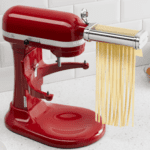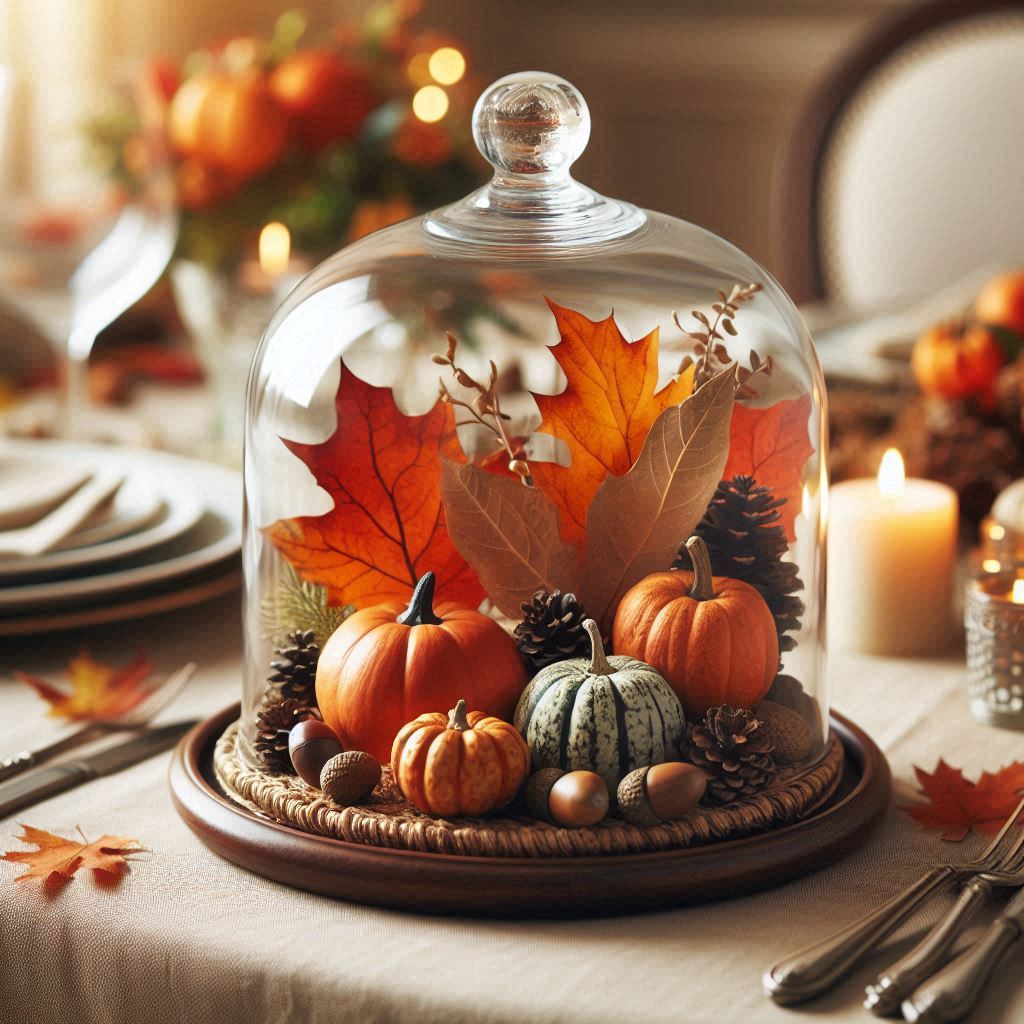Share via:
PAM cooking spray is a go-to kitchen essential for home cooks and professional chefs alike. It’s super handy and stops food from sticking on pans, baking sheets, and griddles. This makes cooking easy and cleaning up even easier!
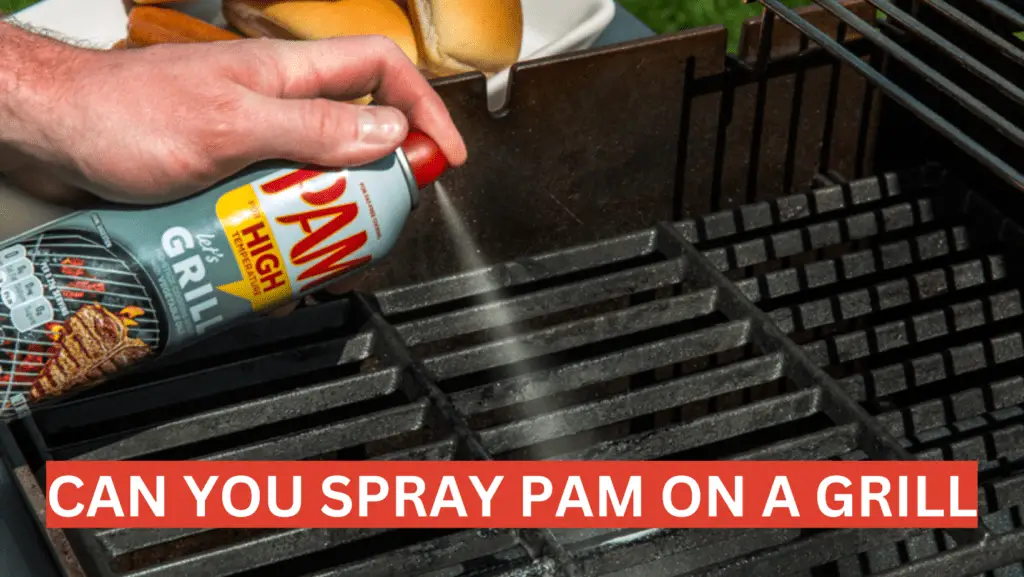

Its availability in various versions like olive oil, butter, or original, provides a reliable way to prevent food from sticking without adding excess oils or fats.
However, when it comes to grilling, there’s a common question: Can you spray PAM on a grill? Yes, you can safely spray PAM on a grill surface, but not on a lit or hot gas, charcoal grill grates, or directly onto an open flame. Because PAM contains flammable propellants that can ignite when exposed to the high heat of a grill. This can cause dangerous flare-ups, which could lead to burns or even property damage.
Related > > How to Put Out A Grill Fire Without A Fire Extinguisher (10 Tips)
The Safety Aspect: Is PAM Safe to Use on a Hot Grill?
No, it is not safe to use PAM cooking spray on a lit grill. Technically Yes, PAM can be used on a lit grill, but it demands precision and safety above all.
PAM Grilling Spray’s design caters to high temperatures, which makes it a preferred choice over regular non-stick sprays.
Spraying PAM or any aerosol cooking spray on a lit grill may pose a fire risk due to the flammable propellants used in the cans. You can use PAM spray before igniting the grill to prevent flare-ups.
PAM contains flammable propellants that can ignite when exposed to the high heat of a grill. This can cause dangerous flare-ups, which could lead to burns or even property damage.
Understanding PAM’s High Heat Cooking Capabilities: Pam Grilling Spray Vs Regular


PAM’s grilling formula differs markedly from its regular variant. Specifically, PAM Grilling Spray withstands the intense heat of direct flame grilling, up to 500°F.
Now, when I’m asked about PAM grilling spray vs regular, I’m quick to point out that the grilling version is explicitly formulated to resist the higher temperatures that would break down regular cooking sprays, leading to potential smoke and unpleasant tastes. Grilling Pam works better at higher temperatures, where as the Regular Pam tends to smoke.
As for the ingredients, PAM Grilling Spray contains canola oil, palm oil, and lecithin from soybeans, among other components that enable it to perform under high heat without breaking down.
These PAM grilling spray ingredients are carefully balanced to provide the non-stick benefits without the drawback of flare-ups when used properly.
In my experience, using PAM on the grill is about respecting the combination of convenience and caution.
It simplifies the grilling process by preventing food from sticking, but always keep an eye out for safety — always spray before igniting the grill, and never directly into an open flame.
How to Properly Use PAM on Your Grill
PAM grilling spray is specially formulated to handle higher temperatures, differentiating it from regular cooking sprays. Here’s how I recommend you use PAM grilling spray effectively.
First off, make sure your grill is turned off and cool. It’s crucial to avoid spraying into any open flames. Although you might be tempted, never spray PAM directly onto a lit grill. This can cause flaring which is a serious safety hazard. Instead, I like to spray the grill slightly before turning it on.
After you’ve coated the grill grates with a thin, even layer, you can then turn on the grill. This method enhances the spray’s effectiveness and adheres to the high-temperature conditions PAM is designed for. Once your grill is pre-heated, you’re good to go. Your food should glide onto the surface with ease, sans sticking, and sans hassle.
Remember, PAM grilling spray ingredients are designed to withstand high-heat scenarios. They typically include lecithin from soybeans, which acts as an emulsifier and a variety of oils such as palm, canola, and coconut.
PAM’s high-smoke point means it won’t burn as quickly as other oils might under the same heat conditions. This is why it’s the go-to when I’m looking for optimal results while grilling.
Mindfulness is the name of the game with grill sprays. Always keep the canister away from the grill once you’ve sprayed it to prevent any accidents.
Keep in mind that excessive spraying isn’t necessary; a little goes a long way to create a non-stick barrier while grilling. With these steps, you can expect a better grilling experience that not only eases your cooking process but also prioritizes safety.
Alternatives to PAM for Grill Cooking
While I’ve shared how to use PAM grilling spray and its high-heat resistant ingredients for a hassle-free grilling experience, some may prefer other options for coating their grill. There are a variety of alternatives available that can enhance flavors and ensure food does not stick to the grill.
One popular choice is vegetable oil or canola oil. Simply dip a paper towel in the oil and, using tongs, rub it over the grill grates. This method is similar to using PAM grilling spray but allows for more control over the amount of oil and avoids the concerns of spraying onto a lit grill.
For those who are health-conscious or looking for a more natural approach, using a cut onion can work wonders. The onion’s juices create a non-stick surface and add a subtle flavor. Just cut an onion in half, spear it on a fork, and rub it across the heated grates.


Another great alternative is clarified butter or ghee. Their high smoke points make them suitable for the high temperatures of grilling. When using these, it’s essential to apply a thin layer to the grill grates before heating to prevent burning and maintain the integrity of the flavors.
For fans of DIY solutions, creating a homemade grill spray could be the perfect project. Mix a high smoke point oil like avocado or grapeseed with some herbs and garlic for a flavorful, non-stick spray. Be sure to apply the mixture with a brush or pump spray bottle rather than pouring it directly onto hot surfaces.
Noteworthy Reminder: Whatever alternative you choose, keep in mind that direct application to a lit grill can introduce flare-ups. Always exercise caution and apply oils or natural rubs to the grates before igniting the grill for optimal safety and results.
CAN YOU USE PAM ON A BLACKSTONE GRIDDLE?
Yes, cooking sprays like PAM are completely safe for your Blackstone griddle. The key safety factor is that you’re spraying it onto the griddle surface, not onto an open flame, eliminating any risk of a flare-up or explosion.
While cooking oil or butter tends to be the go-to choice in most cooking situations, there are particular instances where a non-stick spray like PAM becomes the preferred option.
For me, I find PAM particularly useful on my Blackstone when I’m whipping up delicate breakfast items like pancakes or omelets.
Oils are fantastic for things like sautéing peppers and onions, searing pierogies, or grilling chicken cutlets on a flat top, but when it comes to dishes like eggs or pancakes, I prefer to avoid adding excess oiliness. That’s where PAM steps in as my preferred choice, especially during those family breakfasts on the Blackstone griddle.
Conclusion: Can You Spray PAM On A Grill
Whether you’re reaching for PAM or opting for alternative oils and rubs, the key is to always prioritize safety.
Remember to coat your grill grates before firing up to ensure your food doesn’t stick and your grilling experience is both safe and enjoyable. With these tips in hand, you’re ready to host your next barbecue with confidence. Happy grilling!
Related Articles:
How to Clean Grill After Using Fire Extinguisher? A Step-by-Step Guide
10 Best Oil For Blackstone Griddle (SMOKE POINT, FLAVOR)
Can You Use Avocado Oil To Season Blackstone Griddle
I am a writer, editor, and publisher of Grillcuisines.com – an online blog dedicated to sharing grilling tips, accessories, and recipes to encourage more people to get outside and grill.
I’m off to find out the different types of grill foods, their seasons, and how to conduct outdoor cooking properly. I’ll also show you some of my grill-worthy cooking tools & accessories!
